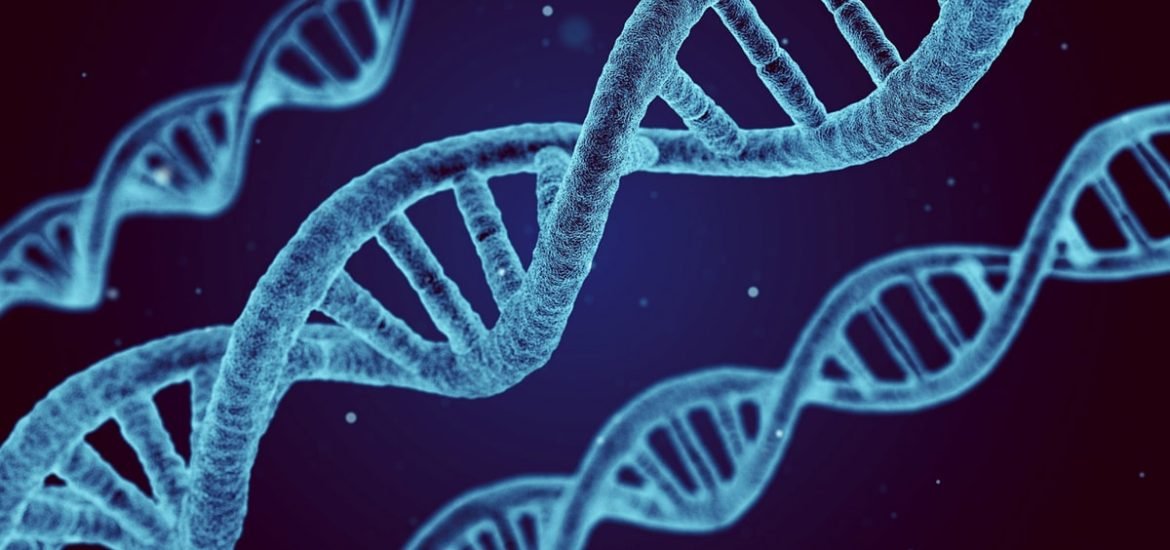
An article published on July 16th in Nature Biotechnology has led to much debate over the safety of potential CRISPR-based therapies (1). The much-touted gene editing technology may not be as safe as once thought. The study’s authors, Prof Allan Bradley and his colleagues at the Wellcome Sanger Institute in Hinxton, UK, found that in three cell types – including one human cell line – the use of CRISPR-Cas9 can damage DNA segments of more than 100 base pairs in length near the target site, in the form of large unintended deletions and “shuffled” genes. This could drastically affect the accuracy of gene editing and cause alterations of non-target genes, leading to concerns that if used clinically, CRISPR-Cas9 gene editing could result in unwanted damage in humans, or worse, tumor formation.
Since its discovery in 2012, CRISPR-Cas9 has generated excitement by making the possibility of routine genome editing a reality. The CRISPR-based technology offers a much faster and simpler method of gene editing, whereas previously this would have taken years. As a result, CRISPR has become an important tool for research and innovation as well as a plausible therapeutic mechanism for preventing and treating human diseases like cancer.
A number of biotech companies, including CRISPR Therapeutics, Intellia Therapeutics, Editas Medicine, and eGenesis, are currently developing medicines based on this technology. Moreover, CRISPR-based technology is already being used in the clinical context in China, for example, at Hangzhou Cancer Hospital, immune cells of patients with oesophageal cancer are being re-engineered to fight the disease.
Scientists developing these CRISPR-based technologies say they are keeping an eye out for large deletions, but have found no evidence of this so far. In addition, there are different kinds of gene editing and large deletions and rearrangements are thought to only occur when CRISPR modifications involve cutting – often used by researchers to generate small deletions in the hope of knocking out a gene’s function. Cell type may also be an important factor. Bradley and his colleagues used actively-dividing cells in their study. Other cell types divide more slowly and therefore may be less susceptible to unintentional changes to their genome.
The safety concerns surrounding CRISPR-based gene editing are less of a concern in potential agricultural applications in which the technology could also have important implications. Furthermore, the reality is that this study may act more as a wake-up call encouraging improvement in the accuracy of gene editing and reminding us that caution is always required when developing any type of therapy for clinical use.
As with any new technology, some setbacks are inevitable. Moreover, the findings of this study may turn out to be inconsequential in the future. Only further research, a better understanding of CRISPR gene editing, and time will tell.
1. Kosicki, M., Tomberg, K. & Bradley, A. Repair of double-strand breaks induced by CRISPR–Cas9 leads to large deletions and complex rearrangements. Nature Biotechnology (2018). DOI: 10.1038/nbt.4192.